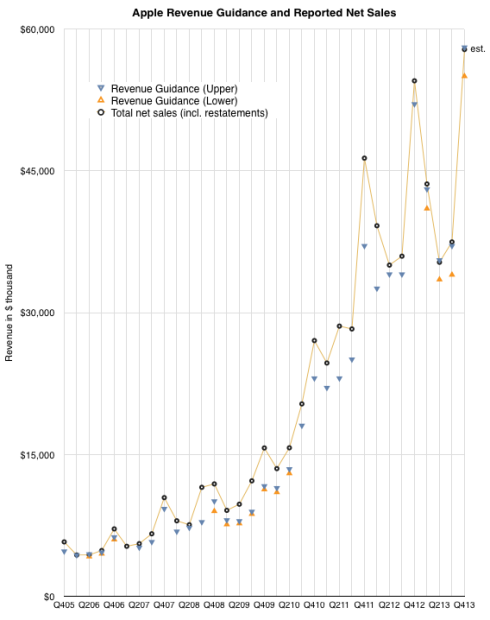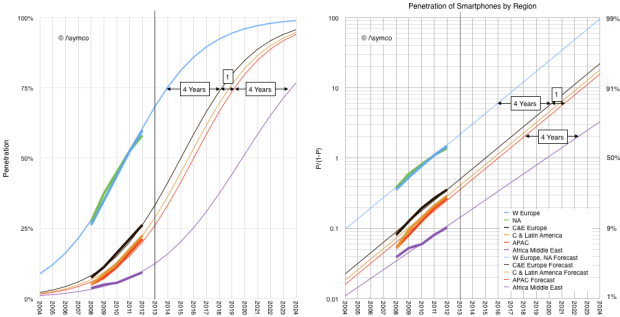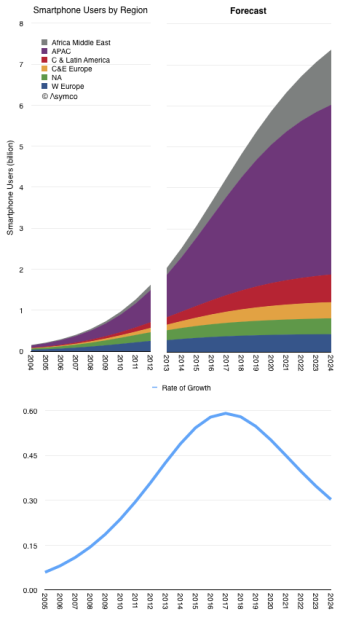On a recent podcast I noted that Google was perceived as invulnerable. In contrast, Apple is seen as temporarily enjoying a stay of execution.1 This is not necessarily a bad thing for Apple. The more gushing the loathing or scorn, the more likely it’s a reaction to love and attraction. A brand dies not from hate but from apathy.
But nor is it necessarily a good thing for Google be be seen as invulnerable. There might be no “Google death knell counter”. There might not be a “Google is doomed” trope. If an executive from Google quits or is fired there is no investor panic. If a product is withdrawn there is no mourning. There are no journalists pursuing Pulitzer prizes by describing some seamy underside of Google. But there are no overt displays of affection either. Google is seen, on balance, as benevolent and hopeful. The discussion on business robustness is simply missing.
I suspect the absence of scrutiny comes from Google being seen as an analogy of the Internet itself. We don’t question the survival of the Internet so we don’t question the survival of Google — its backbone, its index, and its pervasive ads which, somehow, keep the lights on. We believe Google is infrastructure. We don’t dwell on whether electric grids are vulnerable, or supplies of fuel, or the weather(!)
Too complex, too pervasive. These are systems, not things. And people are not designed to contemplate systems. We leave that to experts, or better yet, computers.
The reason Apple is contemplated at all is that it’s not seen as a system. Even the suggestion that Apple is a system is implicitly treated as an impossibility. Because it’s not a system it’s fragile. It’s a person, or an idea, or a product or a singular “key” to something. It is, ultimately, mortal. The only debate is when it will die and points are earned for calling it sooner rather than later.
But what if Apple were a system? And what if Google were a person (or three?)
- The list of Apple Achilles’ Heels is so long and creatively composed that it would take ages to compile, but here are just a few: the Mac (vs. Windows), Digital Rights Management (which kept the iPod alive), dozens of lawsuits (including from The Beatles), the Mac (when it ran Windows), PlaysForSure, Music Labels retaliation, the Zune, Android and clones, the Kindle and Amazon in general, more Mac, iTunes, iPod and iPhone and iPad killers than can be counted; Steve Jobs is ill, Jony Ive will quit, Tony Fadell quit, Rubinstein quit, Forstall was fired, etc. Feel free to add more through comments. See also Apple Death Knell Counter. [↩]




